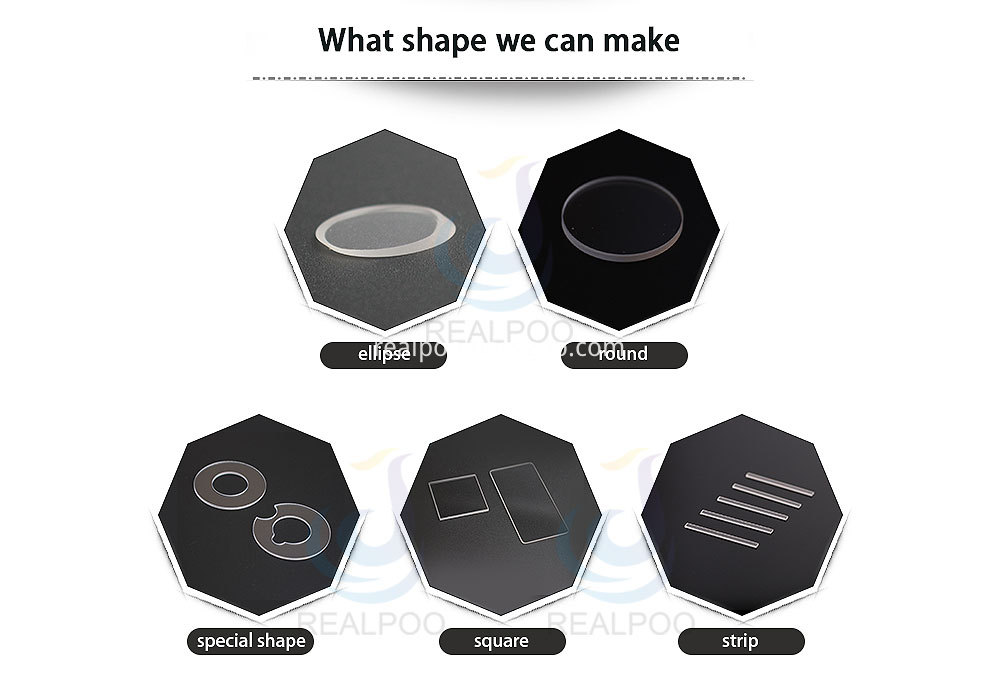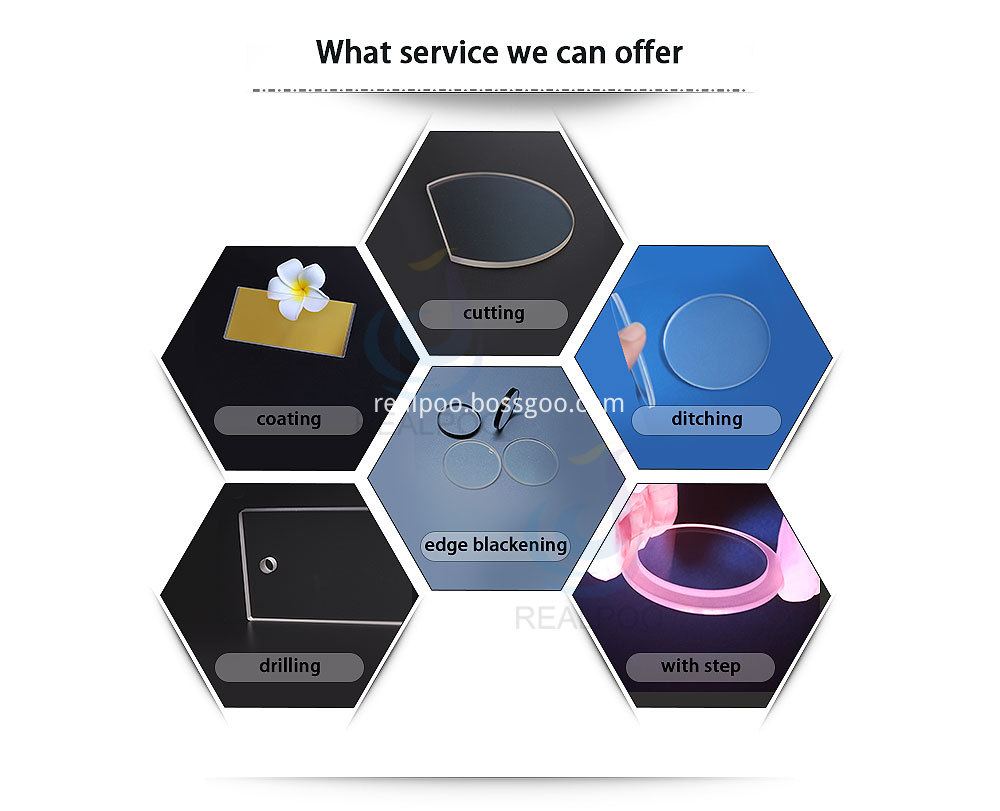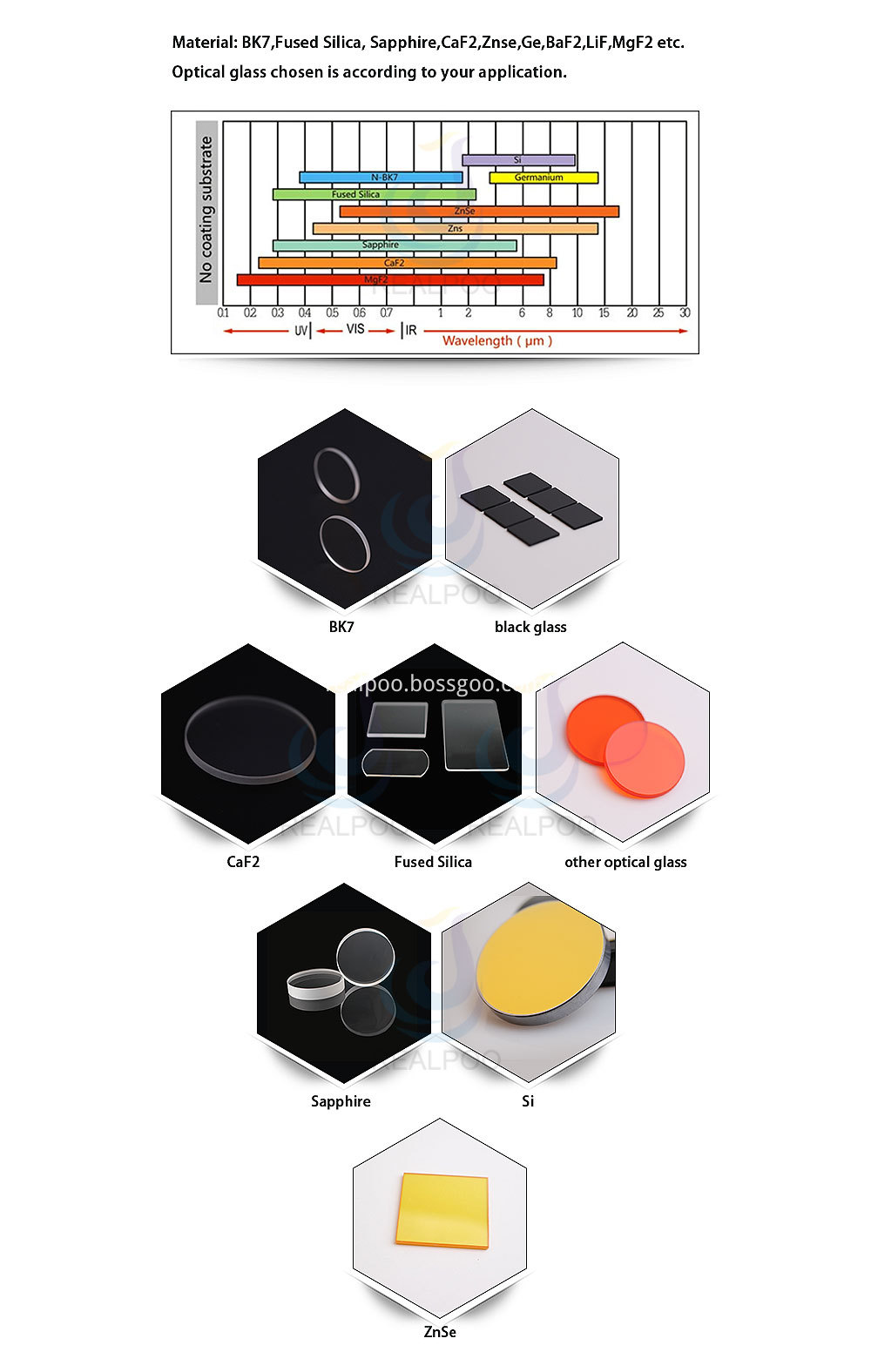Elemental two-dimensional materials, such as graphene and black phosphorus, are known for their exceptional physicochemical properties and are considered promising candidates for the core functional components of future electronic and optoelectronic devices. Among them, a small amount of black phosphorus stands out as the first elemental two-dimensional semi-monomer with remarkable characteristics. However, its poor air stability makes it prone to degradation through oxidation during material synthesis, device fabrication, and in harsh environments. This instability has created a significant challenge: the need for a single-layer two-dimensional semiconductor that combines excellent physical and chemical properties with good air stability and can be easily fabricated.
In a recent breakthrough, Prof. Ji Wei from Renmin University of China and Prof. Chai Yang from Hong Kong Polytechnic University published a paper titled “Few-layer Tellurium: one-dimensional-like layered elementary semiconductor with striking physical properties†in *Science Bulletin*. Their research presents a systematic study of the electrical, mechanical, and optical properties of a novel elemental two-dimensional semiconductor—α-phase tellurium. Using first-principles calculations, they analyzed the structural stability of few-layer tellurium and identified the α phase as the most stable configuration across different layer numbers. They also discovered covalent-like quasi-bonding between layers, similar to that found in black phosphorus and transition metal sulfides, which contributes to unique physical properties in few-layer bismuth.
Theoretical predictions suggest that this material exhibits a tunable band gap ranging from 0.31 eV (bulk) to 1.17 eV (double layer), along with an unusually high hole mobility of up to 105 cm²/Vs in the non-covalent direction—about 1–2 orders of magnitude higher than black phosphorus. The valence band exhibits a Mexican hat-type (M-type) shape, and there is a clear evolution in the conduction band bottom and valence band top between the double-layer and bulk phases. Additionally, the interlayer shear mode shows strong numerical overlap with the vibrational force constant of the breathing mode, leading to ideal intensity greater than 20%. The material also demonstrates near-isotropic strong light absorption in the near-infrared and visible range, with a single-layer absorption of up to ~9%, far exceeding that of black phosphorus. Most notably, few-layer tellurium exhibits superior air stability compared to black phosphorus.
Moreover, the synthesis of few-layer tellurium can be achieved through solution chemistry, offering advantages such as simplicity, speed, low cost, and scalability. These features make it a highly promising candidate for next-generation electronic and optoelectronic applications.
Optical Window
Optical glass window refer to a piece of transparent optical material that allows light into an optical instrument. They are pieces of optical glasses with ground and polished faces that are relatively parallel. Optical windows are applied for protecting fragile optical components inside an equipment, they are adopted to isolate two physical environments while allowing light to pass.
Realpoo Optics offer optical glass window in various materials of BK7, Fused Silica, Sapphire, Silicon, ZnSe, CaF2 etc.
And Realpoo Optics offer different shape optical window ,like square, round, strip, ellipse etc.



Optical Window,Optical windows,Sapphire Windows,Optics Window,N-BK7 window
Changchun Realpoo Photoelectric Co., Ltd. , https://www.optics-realpoo.com


